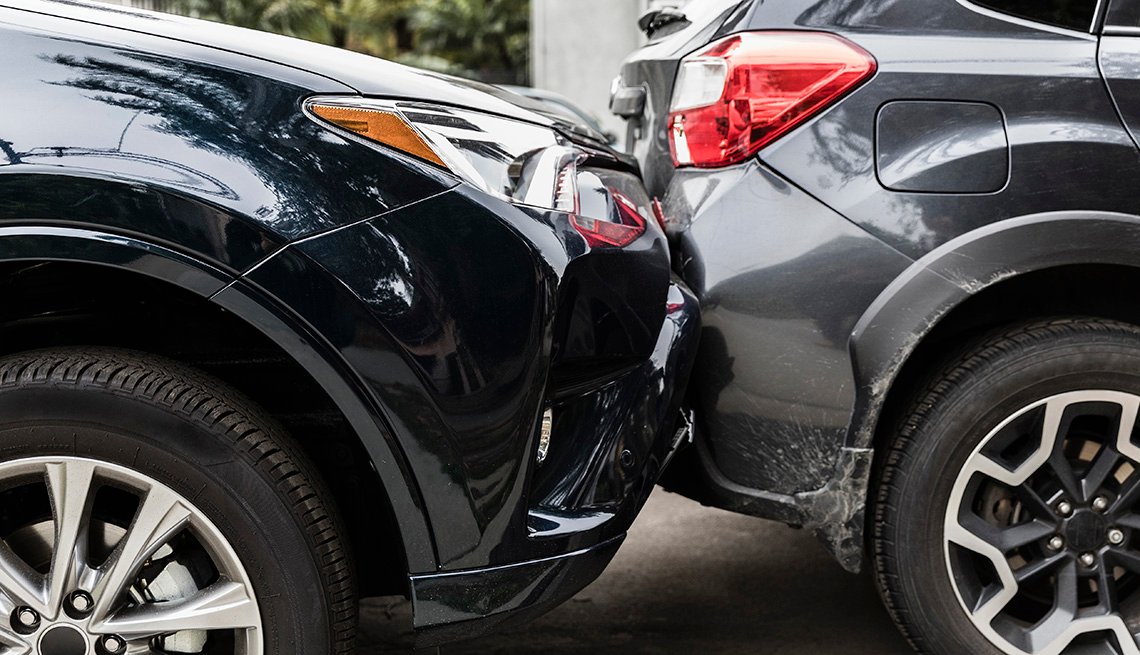Taking the appropriate steps in the moments immediately following a crash can help individuals follow the law, ensure personal safety, and contribute to a smoother claims process. Approximately 3 million Americans are injured in car accidents each year. After a crash, a victim may be disoriented and face uncertainty as to what to do. There are four important steps individuals should take after the accident. If the accident was caused by the negligence of another party, victims may be able to pursue a personal injury claim after the crash to recover compensation for medical expenses and other losses.
Remaining at the Scene
It is illegal to flee the scene of a car accident. As such, one of the most important things a person should do following a crash is to stay put. If the vehicle is in a dangerous position that could contribute to further injury, it should be moved to a safer location if possible, such as the side of the road. If a driver feels the vehicle is unsafe to move, or the smell of gas is present in the air, the person should distance him/herself from the vehicle and wait for authorities to assist with relocation.
Assessing Injuries
A car crash victim may not feel the extent of his or her injuries in the immediate moments following the accident. It is important for drivers to first perform a self-assessment of injuries to determine if emergency medical help is necessary. This self-assessment should continue in the days or weeks following the crash as well, since some injuries may not be obvious right away. In addition to a self-assessment, a driver should check on the well being of passengers in other vehicles involved in the accident. Injury attorneys recommend that victims follow up with medical professionals to accurately record any injuries resulting from the crash. Injury documentation is a vital part of a personal injury claim.
Contacting Authorities and Assessing the Scene
Once individual safety is under control, police should be contacted. The victim will likely need to file an accident report with authorities. This necessary documentation aids in the insurance report and personal injury claims processes. While waiting for police to arrive, drivers can get a head start by exchanging insurance and contact information. It is important not to apologize, express fault, or discuss the accident with other drivers. In addition, a person should also collect information about the scene, such as location, time of the accident, contributing factors, and weather conditions. The best recollection a person has of the events leading up to the crash is also an important detail, as are any witness accounts. Well-lit, detailed images of property damage, vehicle damage, and the general fallout of the accident scene are important to have on hand when filing a claim.
Making an Insurance Claim
It is best practice to contact insurers while still at the scene of the accident when possible. This allows claimants to ensure that all of the necessary information to start the claims process is acquired. Information an insurer is likely to request is the accident report number, photographs of the damage to the vehicle, and photographs of any property damage. An individual should give minimal information to the other party’s insurer as this may negatively impact a claim.
Personal Injury Claims
Victims of accidents resulting from negligence may be able to recover damages through a personal injury claim. Damages that can be recovered include, but are not limited to, medical expenses, lost income, pain and suffering, and lost future wages. For a successful claim, it is important to keep a clear record of medical bills, injury assessments performed by a medical professional, and accident report numbers. Damages are typically paid out by the negligent party’s insurance company.

 2018 ·
2018 ·
Leave a Reply